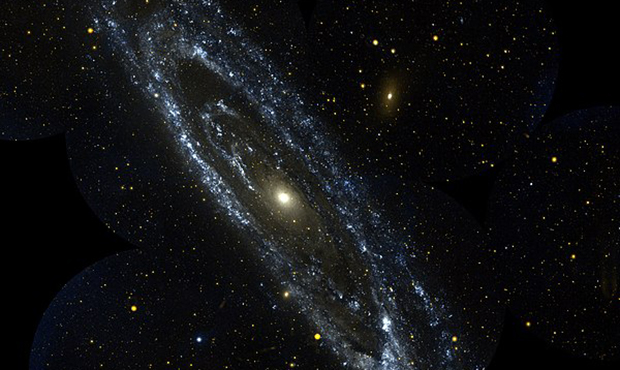2020 will bring us some amazing events in the sky
Jan 1, 2020, 2:00 PM | Updated: Jan 2, 2020, 7:32 am
Happy New Year to all of you! As we welcome the next decade, this column will explain some of the more interesting events that will be going on in our worldwide night skies.
Many of you have never viewed the wonders of an eclipse of the sun!
During 2020, world travelers will have a great opportunity to experience two eclipses of the sun.
One of these will be an annular eclipse of the sun and the other will be a total eclipse.
The first solar eclipse will be the annular one, taking place June 21, visible from Africa to the Pacific.
The details of this eclipse appear here.
This is a very unique eclipse, as at maximum, the annularity will last only 38 seconds!
The next solar eclipse will be the rare total solar eclipse of Dec. 14.
This eclipse will be visible in far southern South America and at its best, it will last some 2 minutes 8 seconds.
This will be a great opportunity to travel to Argentina with warmer weather and the opportunity to experience the wonders of a total solar eclipse.
The details of this eclipse appear here.
Looking at lunar eclipses, we will not have a total eclipse of the moon visible anywhere on Earth in 2020, but four penumbral lunar eclipses will mark the calendar.
Penumbral lunar eclipses are faint and not really worth major attention, but here is a synopsis of all eclipses that will occur in 2020!
For fans of the moon, there will be three super moon events in 2020!
A super moon is defined as a moon that will come closer to Earth than 223,694 miles.
The full beauty of the moon rising can be best appreciated on the following dates:
- March 9 – Super Worm Moon
- April 8 – Super Pink Moon
- May 7 – Super Flower Moon
We have a few good meteor showers to look forward to in 2020 also!
- Quadrantids – Jan. 3-4
- Lyrids – April 21-22
- Leonids – Nov. 16-Nov. 17
- Geminids – Dec. 13-14
To begin your 2020 meteor shower observations, get ready for the Quadrantids on the night of Jan. 3.
This shower is best viewed during the early morning hours of Jan. 4, with clear skies. Look to the northeast sky, just below the tail star of the Big Dipper!
During good years, this shower can produce up to 100 meteors an hour.
The Quadrantids are thought to come from extinct comet 2003 EH1.
For planets, Mars, Jupiter and Saturn, will perform well in the new year.
Mars will make an very close approach to Earth in October and be a major object to view in the sky.
Jupiter comes to opposition July 14 and will be a great sight during the summer. Saturn comes to opposition July 20 and these two planets will remain close during the year.
The best will come on Dec. 21 when both Jupiter and Saturn will come very close together in the sky.
From Earth, the two will seem to merge together in an very close conjunction, know as an appulse.
In a small telescope, the two will appear in the same field of view.
It will be another amazing year to view and learn about the night sky.
Happy New Year!
To print your own monthly star chart, click here.
To view satellites/dates/times of passage, click here.
Listen to the Dr. Sky Show on KTAR News 92.3 FM every Saturday at 3 a.m.









